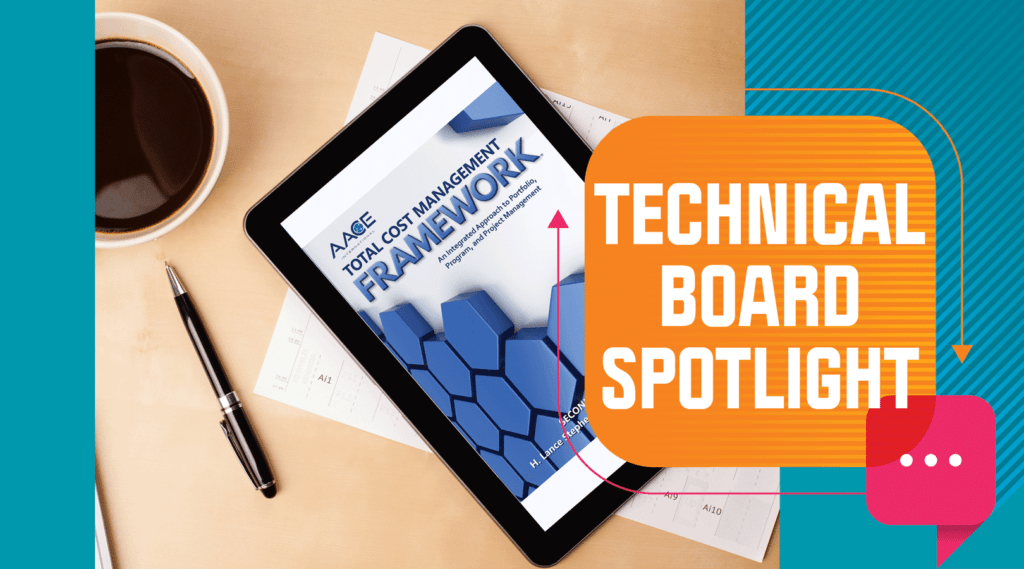Part 3 – Six Elements of Project Controls – Maturity
By Lance Stephenson, CCP FAACE

Lance Stephenson, CCP FAACE, is a contributing member of AACE’s Technical Board and is a Certified Cost Professional. Lance has provided direction in the areas of organizational design, process improvements, auditing, maturity assessments, and the development and implementation for improved capital portfolio and project effectiveness. He is a senior leader and manager with over 35 years of experience in the operational, capital portfolio, and project delivery environment and is currently the Director of Operations for AECOM.
Last year, I provided two short articles for our readership: one on the six elements of project controls and the other on their required quality features. These articles provided an understanding of the operational steps and the expected quality for managing the functional project control requirements within a project. The operational steps of the six elements of project controls include the following:

Introducing the six elements and improved quality provides an organization with the basic requirements for developing and executing project control deliverables. While it is extremely valuable for organizations to use these elements and comprehensively evaluate the quality of the deliverables, it is equally important that the organization instills the required maturity to support effective and successful project delivery.
The six elements can be considered the stepping-stones to achieving the appropriate level of maturity, as illustrated in Figure 1. These stepping-stones provide the necessary focus on the specific tasks that each element requires. Subsequently, the state and maturity of one element and its deliverables are dependent on the previous element(s). For instance, if the organization does not know what has to be done, how could they know what has been done, nor what remains to be done? Furthermore, how can an organization introduce corrective actions if they do not know how the actual performance is compared to its project baselines? The greater the maturity of each individual element increases the overall maturity, increasing the surveillance envelop and therefore, opportunity for success.
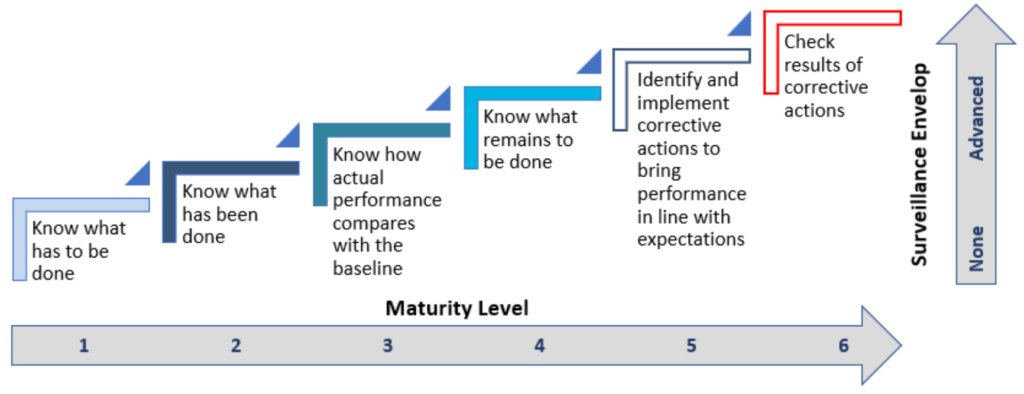
Figure 1 – Six Elements of Project Controls, The Stepping-Stones to Increased Maturity
Completing a project controls maturity assessment for each element within each project promotes a healthy approach to project delivery and will minimize errors and rework. To complete this maturity assessment, organizations should look at all the components that make up project controls, which include the following:
- Design of procedures, processes, and templates/forms, where the procedures, etc., are designed to fit both client and team needs for optimized performance. This maturity would include ensuring that the appropriate content, documentation, and interfaces are also provided.
- Performers of the work content, where their skills, knowledge, and behavior support industry recommended practices and how their work affects project and organizational performance.
- Owner of the work content, where they promote leadership and culture while applying the appropriate operational and organizational expertise and governance. These aspects would define the behaviors and actions of the executive leadership.
- Systems Infrastructure, where the modular architectures adhere to industry standards so that the defined processes, procedures, and templates/forms could support decision-making, inter-enterprise communication, and project reporting.
Each component, as described, provides a crucial and supporting role, which complements the other components and the organization’s overall maturity. For instance, the team’s performance may falter without the robust design of procedures and processes. In some circumstances, strong performers can operate in an ad-hoc environment where they can use their wits and do what is necessary to try to make the project successful, but this can come at a cost. The success of a project should not hinge on one person and their experience but the overall maturity of the system.
For each component, a subset of specifications, deliverables, and expectations are required. It is through this subset of requirements that maturity is assessed. This assessment is completed by assigning objective levels to each specification and deliverable. These levels include the following:
- Non-existent – No evidence suggests that a specific requirement is being met or where actual or present occurrence has happened. This exposes the business to undesirable financial, operational, or compliance-related consequences. Remediation will require addressing specific points of failure.
- Inconsistent – The quality and/or use of a specific requirement is occasionally being met. This includes specific elements that are opposed to or do not match the defined requirements. There is evidence that failures occur in either understanding, execution, or the design of specific requirements. Remediation will require addressing general point(s) of failure and/or addressing requirements.
- Consistent – The quality and/or use of a specific requirement is frequently being met, as defined by the minimum conditions of satisfaction, with few exceptions. Any exceptions are isolated, unlikely to reoccur, and do not expose the business to significant consequences.
- Extensive – The quality and/or use of a specific requirement is extended to cover a complete and wide range of details. The requirements are comprehensive, understood by the users, and adhered to, with no exceptions.
To provide a deeper understanding for assessing maturity, organizations should first recognize industry best and recommended practices. For example, AACE’s Total Cost Management Framework provides the basis for establishing the functional requirements of cost engineering and project controls. AACE also provides a recommended practice, RP 11R-88, Required Skills and Knowledge of Cost Engineering, which can be used to define and assess the performers that provide the work content. Finally, AACE provides a recommended practice, RP 60R-10, Developing the Project Controls Plan. This RP can be used to assess the project controls readiness and preparedness prior to executing the work activities.
The following table provides an example of the sources required to support the elements within project controls. Furthermore, deliverables are also assigned to each element. While the list is not exhaustive and may be different for other organizations (i.e., owner organizations versus architectural/engineering firms versus constructors), it provides the basis and starting point for assessing the maturity of the deliverables. For instance, what is the maturity level of the project controls plan with the project within the organization? Is the deliverable non-existent or inconsistent? Maybe it’s consistently or extensively developed and used.
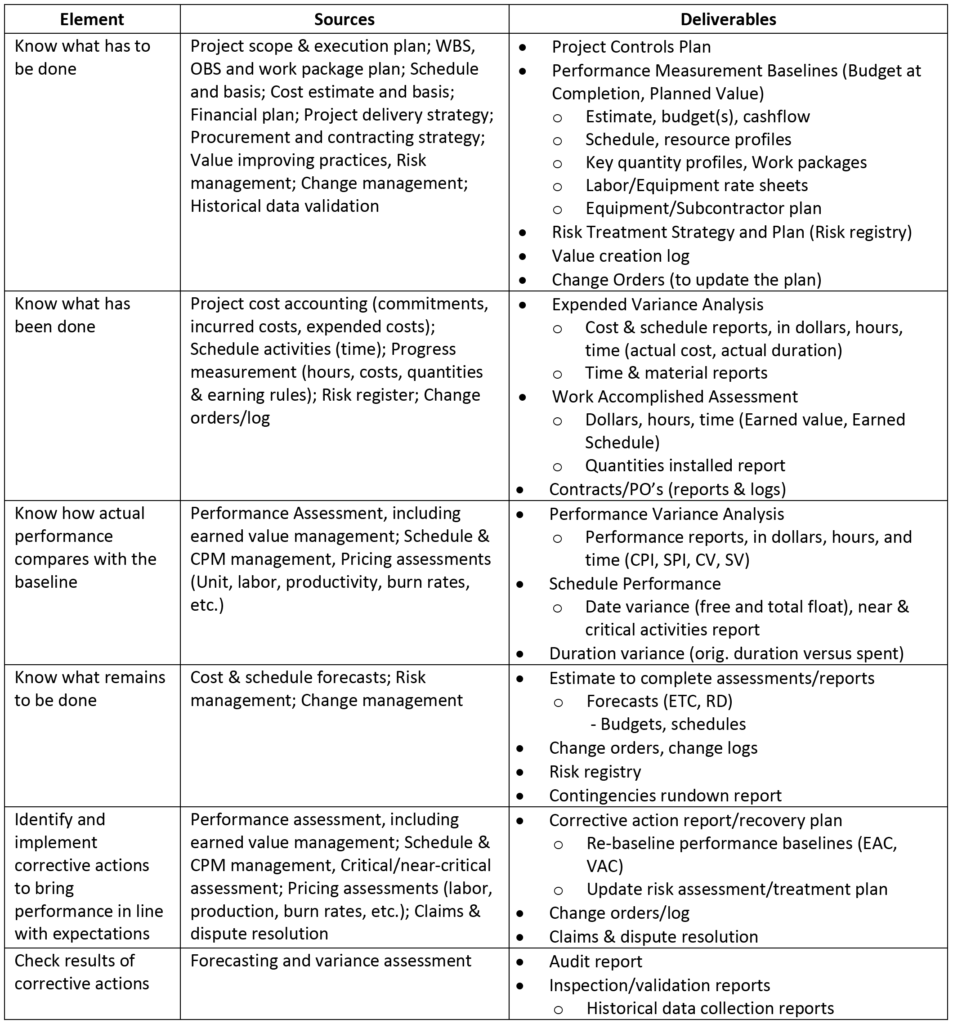
Table 1 – Deliverables for the Six Elements of Project Controls
The first step in achieving maturity is for the organization to develop and implement the recommended procedures and subsequent processes and templates/forms to ensure that the appropriate deliverables are being provided. The processes, along with authority/approval guidelines and user preferences, provide the basis for the modular architectures of the functional requirements that support the development and execution of the system infrastructure. The procedures also provide the foundation for establishing project control practitioners’ required skills and knowledge. The following list of procedures supports the development and implementation of the six elements of project controls[1]. This list of procedures will support the use and implementation of project control deliverables, i.e., templates/forms and work instructions. These procedures include:
|
|
Now that the foundation is set, the organization can complete the maturity assessment to identify gaps and areas of improvement, as illustrated in Figure 2. This assessment can be completed against the functional areas within the six elements of project controls. Items like scheduling, estimating, risk etc. are considered functional areas.
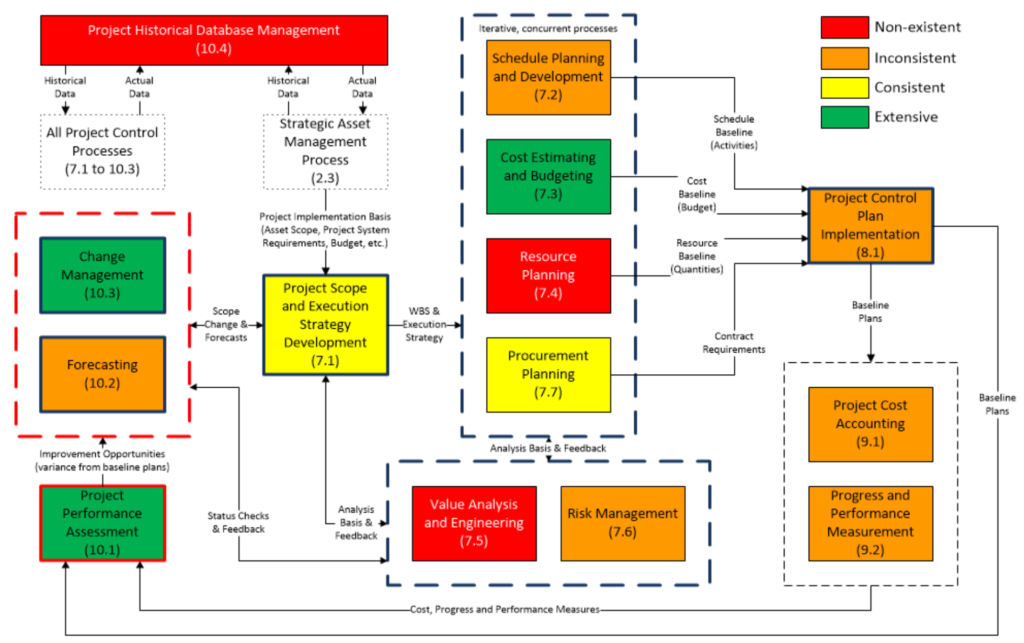
Figure 2 – The Project Controls Process Map, AACE TCM Framework, 2nd Edition, Page 53
The project controls process map is not inclusive of all the required deliverables. However, for illustration purposes, the process map does provide a visual understanding of where corrective actions can be introduced to assist in the refinement or development of particular deliverables that support the six elements of project controls. More discrete and measurable prerequisites will be required so that the organization can complete a detailed assessment for each process box within the project controls process map. Similar to the process map, the findings of the maturity of the discrete and measurable prerequisites can then be summarized and displayed in different ways to identify other areas where improvement is needed, as illustrated in Figure 3.
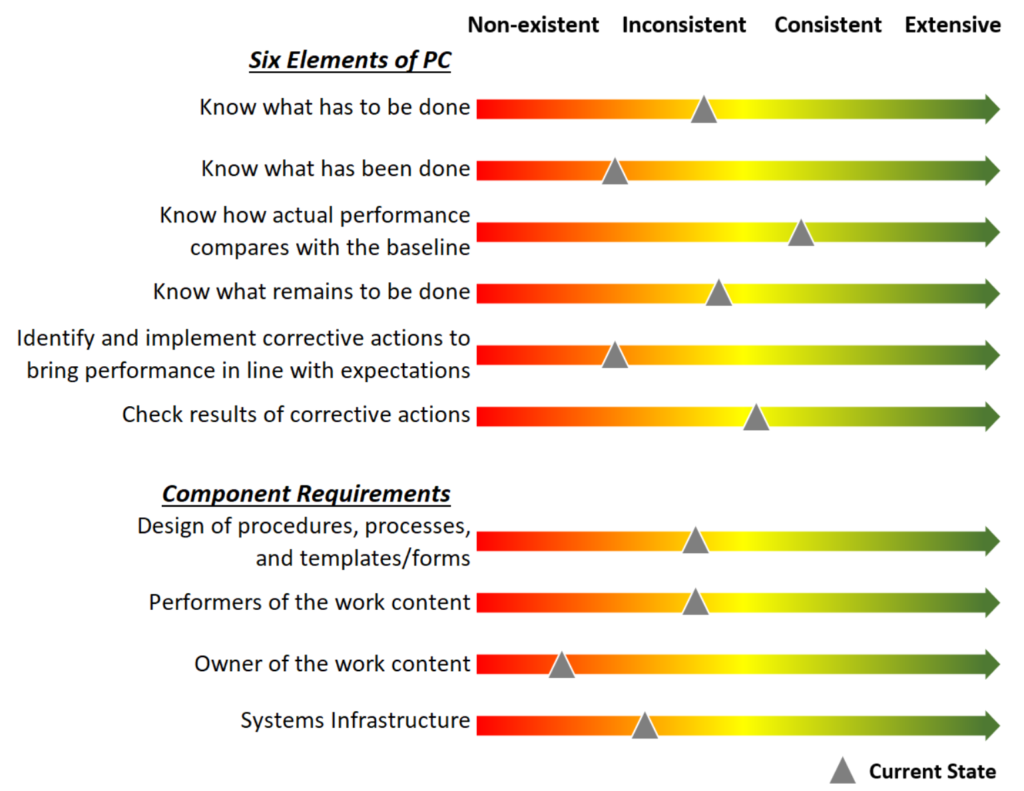
Figure 3 – Maturity Assessment Findings
Once the project controls elements have been developed, instituted, and communicated by the organization, project teams, once trained, can then begin to implement the deliverables for their respective projects. Audits on the completeness of the deliverables can then be completed to determine readiness to start the execution of the project. Consider this audit and readiness assessment as a pre-flight checklist. Pilots assess their specific requirements to ensure everything is in order prior to leaving for their pre-determined destination. The expectation is the project team completes this assessment prior to executing the project to ensure that their specific requirements are in order.
Once the project has started and is in the execution phase, the organization can attest to the compliance of whether the defined requirements for each element are being completed. This further allows the organization to ensure that the appropriate behaviors and performance are being administered. Figure 4 illustrates the compliance behavior of the elements identified in the project controls process map against the defined requirements. For instance, the project team seems to be struggling to complete the forecasting and change management requirements. This could jeopardize compliance in other areas, such updating the schedule and budget performance measurement baselines (PMBs).
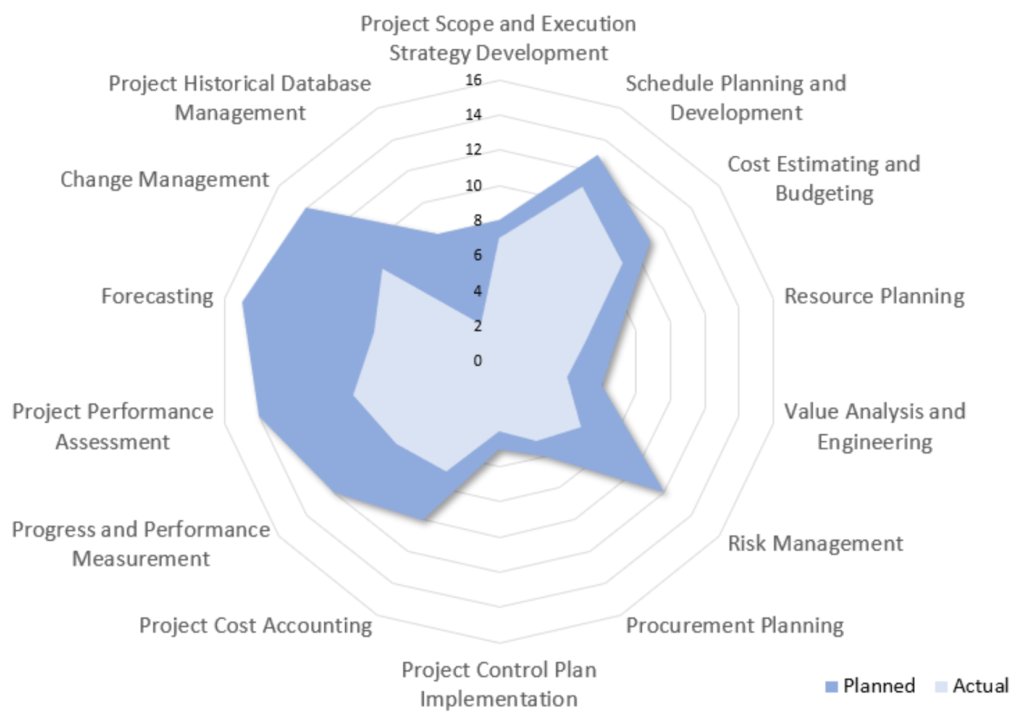
Figure 4 – Compliance Behavior
The project team should investigate the non-compliances further and determine the reasons why the deliverables’ desired actions were not achieved. The following reasons have been provided as an example. Organizations may want to include more or different reasons why compliance is not being met.
- SD = system or process has a structural/design issue
- IR = insufficient resources to perform the activity as required
- TK = lack resource training and/or knowledge
- D = lack of discipline
Once the reasons for non-compliance have been identified, the project team can begin to introduce corrective actions to eliminate the possibility of any impacts that may occur. The project team may also want to assign a priority ranking to assist in expediting critical issues so that disruption to the project is minimal.
The six elements of project controls, complemented with a practical approach for determining project controls maturity, provides the organization an objective approach for assessing the completeness and readiness of the project controls deliverables. This also provides another step forward in effectively and efficiently managing the requirements and deliverables identified for advancing project controls.
Rate this post
Click on a star to rate it!
Average rating 5 / 5. Vote count: 10
No votes so far! Be the first to rate this post.

